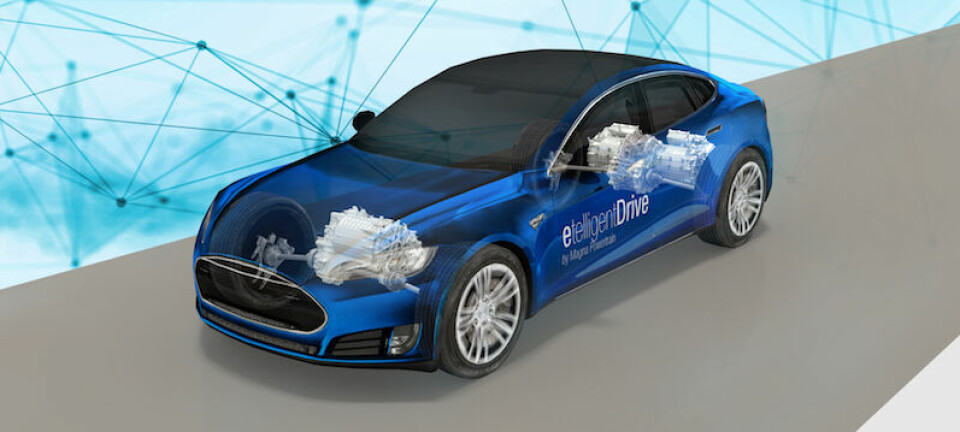Driving the EV revolution
Behind the scenes, suppliers are hard at work developing a range of innovative technologies that are underpinning the race toward electrification
New electrified concept cars are flooding motor shows, with OEMs looking to deliver on their promises to offer a certain amount of battery electric vehicles (BEVs), hybrids and plug-in hybrid electric vehicles (PHEVs) in the not-so-distant future. Huge sums of money have been earmarked for R&D projects as well as model rollout plans. Behind the scenes, suppliers are hard at work developing a range of innovative components and systems that will be crucial to bringing these electric vehicles (EVs) to market.
Power electronics“Advanced electric propulsion systems have to happen now.” These are the words of Mary Gustanski, chief technology officer for Delphi Technologies, one of the many companies seeking to develop such systems for major OEM customers. Gustanski, who is based in Michigan, indicates that there are two major drivers involved.
The first is the obligation placed on carmakers to comply with increasingly stringent environmental legislation. The second is the parallel trend towards the development of connected and automated vehicles, which by their very nature will require high amounts of electric power onboard. This can be achieved more easily if the propulsion system itself is electrified.
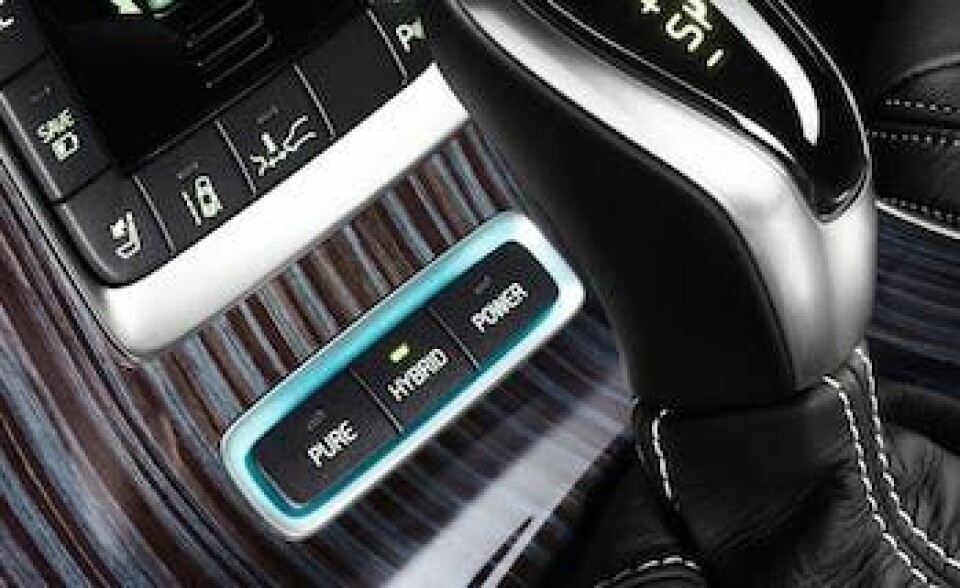
As a result, two current areas of technology development are distinct but interrelated. This recently led to a corporate reorganisation at the company, with the former Delphi splitting into two autonomous operations: the one Gustanski works for, focusing on both internal combustion engines and EV propulsion systems; and Aptiv, concentrating on technologies which increase the autonomous capabilities of vehicles. Asked if this change in business structure is a response to the need for dedicated technology development operations, Gustanski’s answer is unambiguous: “Yes, absolutely.”
She also stresses that, for Delphi, the situation is one with a significant element of continuity. “We have a long record of producing controllers for ICE [internal combustion engine] management systems,” she stated. “As we advance toward electrification, the need for such controllers does not go away, but rather increases and becomes one for more comprehensive propulsion controllers.”
She believes that the immediate future is likely to be in one in which hybrids, rather than pure electric propulsion systems, dominate. Battery technology will need to undergo a “step change” in materials capability in order to increase its crucial benchmark of kilowatt hours storage.

Delphi’s role will be to supply the power electronics, including the inverters, DC to DC converters, battery controllers, onboard chargers and associated software. Together, these ensure that the whole power system operates at maximum efficiency. This area of EV propulsion systems could be where the greatest immediate opportunities lie for effective, significant increases in capability. “It is where real innovation will occur,” she suggested.
Gustanski is confident that Delphi is already ahead of the game in at least one important respect: – the “dual-sided cooling capability” of its power switches. This, she says, enables the company to make the packaging for its power electronics units 30-40% smaller, which is extremely important considering the fact that hybrid vehicles need space for two types of propulsion systems.
"We have a long record of producing controllers for ICE management systems. As we advance toward electrification, the need for such controllers does not go away, but rather increases and becomes one for more comprehensive propulsion controllers" - Mary Gustanski, Delphi Technologies
Looking to the future, Gustanski identifies Delphi’s partnership with the small US company PolyCharge as vitally important. Based in Tucson, Arizona, PolyCharge designs capacitors. These devices are the second most expensive element of an inverter after the power switches, and they also set the footprint for the total size of inverter packages. Therefore, any capability that can help to reduce their volume could have real implications not just for electrical efficiency but fundamental elements of vehicle design.
The materials and processes that PolyCharge has developed enable a “50% reduction in capacitor size and weight, which in turn facilitate what we estimate will be a 10-20% reduction in total inverter size,” Gustanski predicted. The key capability in this case is a new capacitor material that can operate at a much higher temperature than has previously been the case, allowing for a higher power density. The investment marks the latest stage in a relationship that dates back over two years, during which Delphi has been closely involved in technical development work.
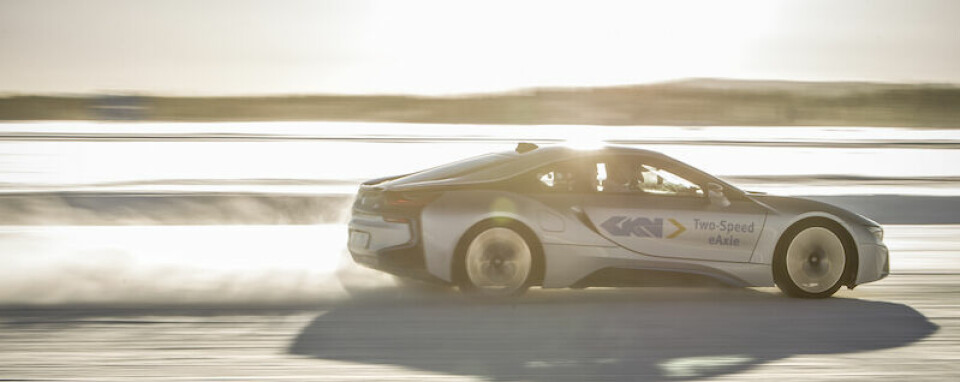
Electrified axlesAnother well-established provider of electric propulsion technology that has something new to offer the market is GKN Driveline. In 2017, the company said it would expand its eDrive and all-wheel drive (AWD) technology production facility in Bruneck, Italy, by more than 60%. Its involvement in the area dates to 2002, when it provided a rear axle electric drive module for the Nissan Cube, and the company has remained committed to the same fundamental concept of the electric axle while making several improvements.
According to CEO Peter Moelgg, another constant has been the development of technologies that can fit “existing platforms” as well as those specifically designed for electric propulsion. The total package remains one which comprises a gearbox, electric motor and inverter along with the software both to control its operation and integrate the system with the wider electronic architecture. Furthermore, GKN is steadfast in its commitment to high-voltage systems: “400-volts and upwards” says Moelgg, describing 48-volt systems as a short-term expedient.
The latest manifestation of that philosophy is the company’s eTwinsterX e-axle, which it demonstrated in February last year. A key feature is the incorporatation of a two-speed gearbox to help provide the unit with a maximum torque of 3,400Nm, despite its compact size. GKN has previously supplied a two-speed gearbox to BMW for use in the i8 hybrid sports car, but in that case, it is used with an electric motor from the OEM itself. Moelgg says that OEMs already have “multiple programmes” underway to incorporate the e-axle into new vehicles.
Flexibility in operation as well as raw power is also a hallmark of the product. “Torque vectoring of up to 2,000Nm is facilitated on the axle,” Moelgg continues, which means that when the vehicle is cornering on the outer wheel, the axle will transmit more torque to help push the vehicle into the bend, though at the same rotational speed as the inner wheel. At the same time, the two-speed gearbox allows for a “seamless upscaling” of the transmission up to a maximum speed of 250km per hour with “no disconnecting”.
All this adds a further level of capability that differentiates the eTwinsterX from rival systems, suggests Moelgg, which is that it can provide for “complete off-road” driving. He explains that “all other electric drive systems have a differential, which means that if you are going uphill then at some point one wheel will slip.” But with the eTwinsterX, “when both clutches are closed it is as if you have a block differential and therefore you have much more traction.” The performance is therefore “comparable to a mechanical AWD system”.
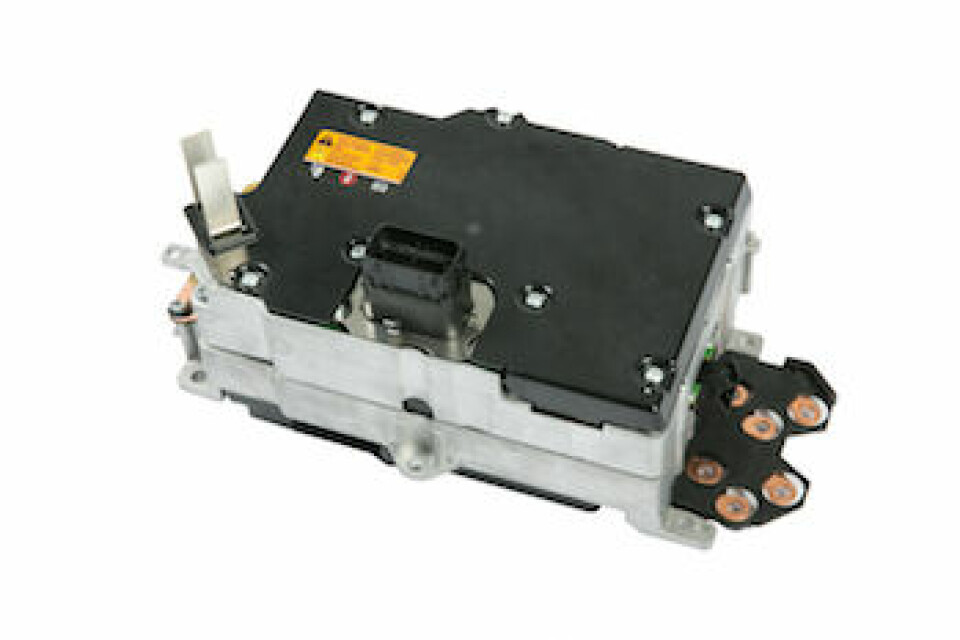
Moelgg indicates that the new level of capability has been achieved in large part through the reconfiguration of existing technologies. The clutch, controls and software, for instance, have all been carried forward from preceding mechanical Twinster products “to some extent,” while the gearbox is the one that has been proven in the BMW application. As such, the product contains “fundamental technologies that have already been proven in AWD products today”.
Other elements are completely new, including the e-motor, certain control algorithms and the inverter technology. It is the first to be developed by GKN itself, as previous e-drive systems from the company have incorporated third-party products. The motor “sets benchmarks in terms of its weight and torque density,” while also offering what Moelgg describes as “new opportunities” in its noise, vibration and harshness (NVH) characteristics. He will not disclose where the motor will be made, but confirms that “mass production is scheduled for 2019”.
Ensuring the overall compactness of an inverter package has already been the key feature of at least one project Delphi has carried out with an OEM. This involved the second generation of the Chevrolet Volt, which launched in 2015. According to CTO Mary Gustanski, the preceding “Gen One” vehicle had a bulky inverter that simply could not be made to fit under the hood of its successor. So GM asked Delphi for a solution, and the supplier was able to provide an inverter package that was about 30% smaller and 40% lighter, while also having 25% more power.
The unit is mounted on the transmission, while the coolant channels are built into the housing so that there are no separate coolant cables. Moreover, the inverter is positioned directly above the electric motor so that the two are connected without any additional cables. This simplifies assembly because lineside workers are relieved of the need to manipulate the heavy, high-voltage cables that would otherwise be involved. “We totally took that out of the picture,” Gustanski states. “You just position the inverter over motor, fix it with six fasteners and the job is done.”
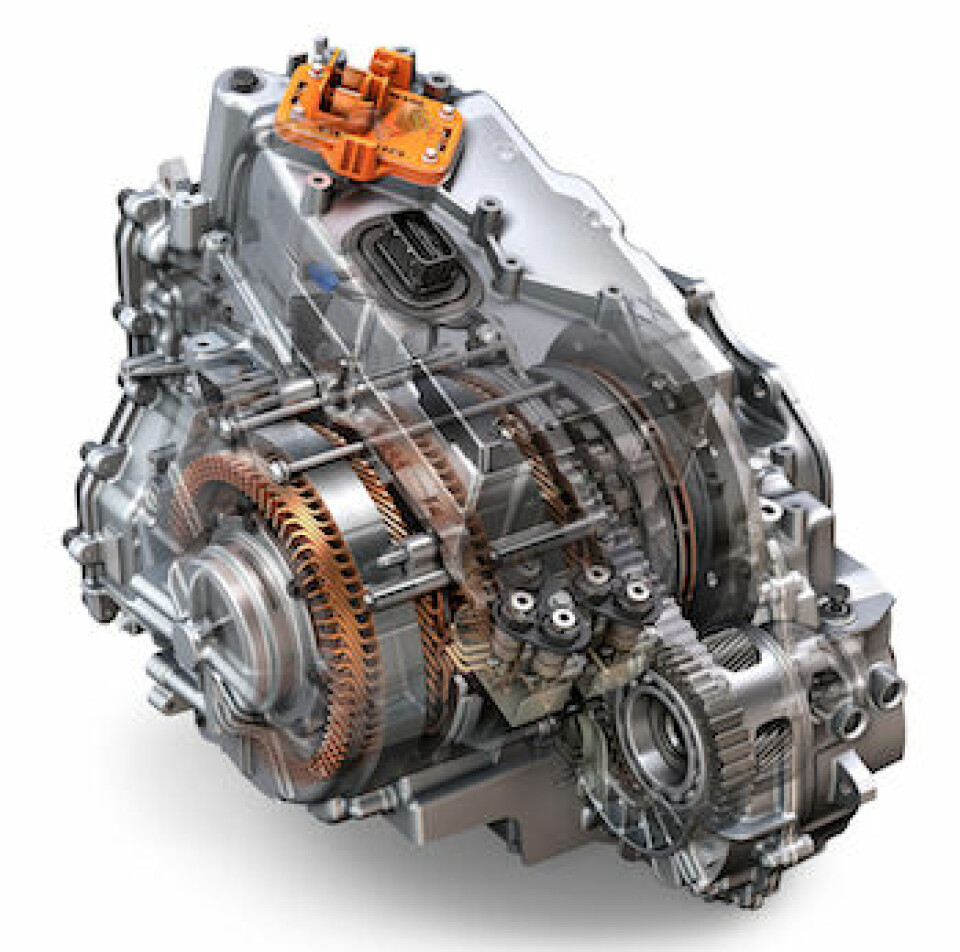
Moelgg also feels that the eTwinsterX exemplifies how the further development of electric drive systems will impact on the relationship between OEMs and tier one suppliers. He explains that the main challenges are less to do with particular technologies, and more about “the integration of the whole system into the vehicle”. It therefore makes sense for the complete e-drive package to come from a single source, but at present OEMs are reluctant to acknowledge this as they are making efforts to retain manufacturing capability of their own.
Flexible thinkingIf the move towards electric drive systems causes a degree of consolidation in the relationships between OEMs and tier one suppliers, it will, for the immediate future, have precisely the opposite effect in terms of the sheer range of basic product variants that may be involved. If all forms of hybrid and pure e-drive systems are factored in, it could boost the number from around half-a-dozen or so to as many as 48 – a figure provided by Swamy Kotagiri, chief technology officer for Magna International, which supplies a wide range of systems for both vehicles powered solely by ICEs and those that are electrified.
The variable factors that e-drive technology brings to the equation include “voltage, the different types of hybrid technique such as ‘mild’ or ‘plug-in’, the positioning of the motor and whether the vehicle is two-wheel or four wheel drive,” he says.
Kotagiri indicates that the pace of innovation is likely to depend on established factors. He believes that consumers will continue to make choices according to cost and comfort, and does not expect them to become enamoured of any particular EV architecture. For their part, OEMs will want to maintain legacy investments in manufacturing plants but are also likely to continue targeting the market sectors in which they are already most successfu. “They need to keep their brand identity and DNA,” he says.
For a company like Magna, the appropriate strategy is to find a way to cope with market demand. This will require tier one companies to supply products that can be used to construct multiple types of e-drive architectures without themselves incurring an uneconomical degree of product variety.
Given that no single or even a small number of e-drive architectures are likely to become predominant within the foreseeable future, flexibility is therefore the key attribute that companies like Magna need to build into their products. “We have to be package-friendly and provide building blocks that can be used in different ways,” Kotagiri explains.
He indicates that this is evident in equipment which the company has provided for vehicles that are already on the road. The Ford Focus battery electric vehicle (BEV), for example, was first introduced in 2011. Magna provides the e-motor, inverter, control module and transmission. The supplier also provides the electrified rear axle for the Volvo V60 and S60 plug-in hybrids.
It was precisely this flexibility that Magna sought to highlight by means of a demonstration vehicle it exhibited at CES 2018. Called the e1 concept vehicle, this used three 140kW electric motors, one on the front axles and two on the rear axle. Each of the motors powers just one wheel. Kotagiri is keen to stress that this configuration does not constitute any sort of preferred solution that Magna seeks to impose on the market. Rather, it is a recognition on the company’s part that it must make products configurable in multiple different architectures. This is a challenge that faces all major suppliers, but Kotagiri is confident that Magna can hold its own.
The global nature of the EV market and the systems that power them is exemplified by the latest of Magna’s projects in this field. It is supplying several key elements for one of the latest EVs from one of the newest companies making them: the Nio ES8 electric SUV. The Chinese start-up unveiled this model at the end of 2017, and it includes an aluminium body, chassis and e-drive gearbox all supplied by Magna. It is a mix that encapsulates the continuing development of the EV market and the manufacturing challenges it presents. Companies are having to build on existing capabilities as well as enter new areas of product and technical development, ensuring that they are flexible and innovative.
